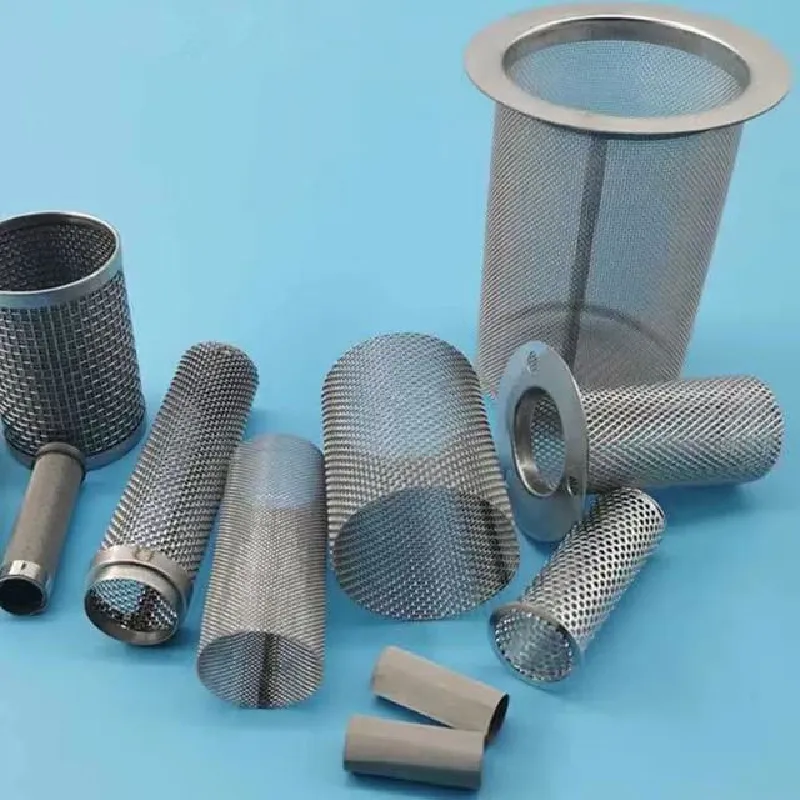-
 Afrikaans
Afrikaans -
 Albanian
Albanian -
 Amharic
Amharic -
 Arabic
Arabic -
 Armenian
Armenian -
 Azerbaijani
Azerbaijani -
 Basque
Basque -
 Belarusian
Belarusian -
 Bengali
Bengali -
 Bosnian
Bosnian -
 Bulgarian
Bulgarian -
 Catalan
Catalan -
 Cebuano
Cebuano -
 China
China -
 Corsican
Corsican -
 Croatian
Croatian -
 Czech
Czech -
 Danish
Danish -
 Dutch
Dutch -
 English
English -
 Esperanto
Esperanto -
 Estonian
Estonian -
 Finnish
Finnish -
 French
French -
 Frisian
Frisian -
 Galician
Galician -
 Georgian
Georgian -
 German
German -
 Greek
Greek -
 Gujarati
Gujarati -
 Haitian Creole
Haitian Creole -
 hausa
hausa -
 hawaiian
hawaiian -
 Hebrew
Hebrew -
 Hindi
Hindi -
 Miao
Miao -
 Hungarian
Hungarian -
 Icelandic
Icelandic -
 igbo
igbo -
 Indonesian
Indonesian -
 irish
irish -
 Italian
Italian -
 Japanese
Japanese -
 Javanese
Javanese -
 Kannada
Kannada -
 kazakh
kazakh -
 Khmer
Khmer -
 Rwandese
Rwandese -
 Korean
Korean -
 Kurdish
Kurdish -
 Kyrgyz
Kyrgyz -
 Lao
Lao -
 Latin
Latin -
 Latvian
Latvian -
 Lithuanian
Lithuanian -
 Luxembourgish
Luxembourgish -
 Macedonian
Macedonian -
 Malgashi
Malgashi -
 Malay
Malay -
 Malayalam
Malayalam -
 Maltese
Maltese -
 Maori
Maori -
 Marathi
Marathi -
 Mongolian
Mongolian -
 Myanmar
Myanmar -
 Nepali
Nepali -
 Norwegian
Norwegian -
 Norwegian
Norwegian -
 Occitan
Occitan -
 Pashto
Pashto -
 Persian
Persian -
 Polish
Polish -
 Portuguese
Portuguese -
 Punjabi
Punjabi -
 Romanian
Romanian -
 Russian
Russian -
 Samoan
Samoan -
 Scottish Gaelic
Scottish Gaelic -
 Serbian
Serbian -
 Sesotho
Sesotho -
 Shona
Shona -
 Sindhi
Sindhi -
 Sinhala
Sinhala -
 Slovak
Slovak -
 Slovenian
Slovenian -
 Somali
Somali -
 Spanish
Spanish -
 Sundanese
Sundanese -
 Swahili
Swahili -
 Swedish
Swedish -
 Tagalog
Tagalog -
 Tajik
Tajik -
 Tamil
Tamil -
 Tatar
Tatar -
 Telugu
Telugu -
 Thai
Thai -
 Turkish
Turkish -
 Turkmen
Turkmen -
 Ukrainian
Ukrainian -
 Urdu
Urdu -
 Uighur
Uighur -
 Uzbek
Uzbek -
 Vietnamese
Vietnamese -
 Welsh
Welsh -
 Bantu
Bantu -
 Yiddish
Yiddish -
 Yoruba
Yoruba -
 Zulu
Zulu
debris scaffold netting
The Importance of Debris Scaffold Netting in Construction
In the realm of construction and renovation, ensuring safety for both workers and the public is a top priority. One crucial element in achieving this is the use of debris scaffold netting, an essential component that safeguards construction sites from falling debris and other potential hazards.
Debris scaffold netting is a type of protective netting designed to be attached to scaffolding structures during construction projects. Its primary function is to catch any debris or tools that might accidentally fall from elevated working surfaces. This protective measure is vital, especially in urban construction sites where pedestrians and vehicles frequently pass by. Without proper netting, construction sites can pose significant risks, leading to injuries or even fatalities.
One of the primary benefits of debris scaffold netting is its ability to prevent accidents. Construction workers often handle heavy materials and equipment at heights. The risk of objects falling can be quite high, and the consequences can be dire. By installing debris netting, contractors can create a barrier that significantly reduces the chances of materials falling into public areas. This safety measure not only protects passersby but also helps to maintain a safe working environment for on-site workers.
debris scaffold netting

Moreover, debris scaffold netting contributes to better project management. It allows construction teams to work more efficiently without the constant fear of injury or liability regarding falling objects. As a result, workers can focus on their tasks, knowing that precautions are in place. This sense of security can lead to improved morale and productivity on the job site.
The material used for debris netting is another essential factor in its effectiveness. Typically made from high-density polyethylene (HDPE), this netting is designed to withstand the harsh conditions often present on construction sites. The mesh-like structure allows for visibility and airflow, which can be important in monitoring site activities while ensuring that debris remains contained. Additionally, many types of debris netting are UV-resistant, meaning they can endure prolonged exposure to sunlight without deteriorating.
Another aspect worth considering is the environmental impact of debris netting. Many manufacturers today focus on producing sustainable materials that minimize environmental harm. Choosing eco-friendly netting options can significantly reduce the carbon footprint of construction projects, aligning with modern sustainability goals.
In conclusion, debris scaffold netting is an invaluable tool in the construction industry. It not only enhances safety for workers and the public but also contributes to smoother project execution and environmental responsibility. As construction becomes increasingly complex and regulations surrounding safety tighten, the importance of such protective measures will only continue to grow. Investing in quality debris scaffold netting is not just a smart business decision; it is a commitment to the well-being of everyone involved in and around construction sites. For contractors and project managers, selecting the appropriate netting is essential for ensuring safety, efficiency, and sustainability on the job.
-
Shipping Plastic Bags for Every NeedNewsJul.24,2025
-
Safety Netting: Your Shield in ConstructionNewsJul.24,2025
-
Plastic Mesh Netting for Everyday UseNewsJul.24,2025
-
Nylon Netting for Every UseNewsJul.24,2025
-
Mesh Breeder Box for Fish TanksNewsJul.24,2025
-
Expanded Steel Mesh Offers Durable VersatilityNewsJul.24,2025











